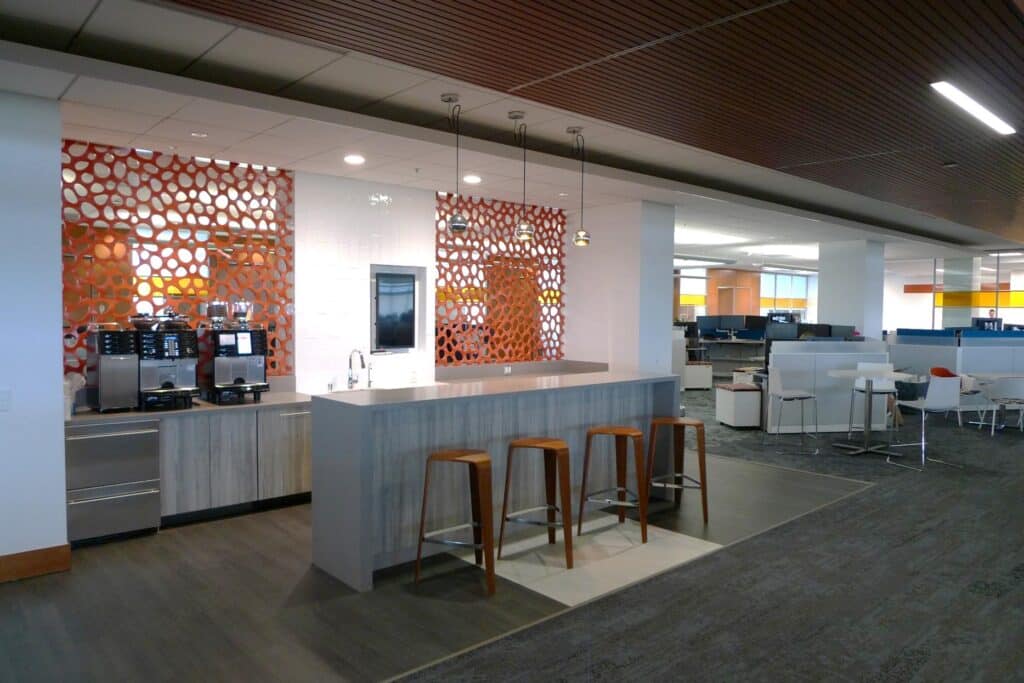
Of course there are a whole host of technical safeguards that can be put into place to secure this information. What measures can organizations put in place – and employees follow – to help guard against cyber incidents? That knowledge will drive all other information security concerns and decisions. An organization must differentiate and categorize (even in a general way) the information it possesses and depends upon. What we know doesn’t work is to treat all information equally. Any intellectual property, source code, industrial production advantages, material formula and recipes, business intelligence, financial information, etc.

This information includes not just client information, but employee information as well. Some information, such as regulated data (PFI, PII, PCI, PHI, etc.), should always be considered critical, since the breach of that information would have multiple negative financial and reputational repercussions. What is critical information for one company, may not be for another each organization must determine for itself what its most critical information is. There is no definitive set of ‘most critical data’ for all organizations.

What are the most critical pieces of data for an organization to protect? The project ends, and the organization forgets to close the port. An example: a firewall port is opened for a special project or purpose but not documented or approved in the change management system. If you do not track and control all changes to your environment, then it becomes likely that additions or changes will undermine your security. Less obvious problems: many organizations forget that procedures like Change Management are an essential part of information security. A simple DR test would have revealed that.
BREAK ROOM ORGANIZATION OFFLINE
When a disaster occurred, they lost access to those plans because didn’t have a complete set of offline copies. We’ve seen some larger organizations store all DR plans and procedures on the organization’s network shares. We’ve also seen several self-inflicted information security wounds, for example, failing to test disaster recovery and business continuity plans. One example is that an attacker will intercept communications between vendors and the organization and, at an opportune time, will masquerade as the vendor and change payment details (bank routing information, etc.) to receive transferred funds. What examples can you share of organizations’ need for cybersecurity that might not be obvious?įor targeted attacks, we’ve seen several examples of ‘man-in-the-middle’ attacks involving an organization’s email system. No organization is immune to infection or having credentials stolen. These attacks come from a variety of sources, but the method of delivery is largely ‘spray and pray.’ They attack in every possible way – phishing attacks to either steal credentials or drop malware (like crypto locker) onto a PC/device, or creating drive-by ‘watering hole’ attacks by infecting websites (or the advertisements that run on them) that may be visited by an organization’s users.

The nature of information security attacks has shifted dramatically in the last ten years or so towards criminal activities. Why is it important for every organization, no matter the size or industry, to be cyber aware? We turned to Brendan Fitzpatrick, Enterprise Security Assessment Program Manager at TSC, to shed some light on the subject. This week, our discussion focused on the theme, Creating a Culture of Cybersecurity from the Break Room to the Boardroom. Each week, we provide inputs on various topics relating to cybersecurity and online safety. As a Cyber Champion, TSC is showing our support for cybersecurity by partaking in weekly online Twitter chats with. This October, Secure Halo is participating as a Cyber Champion during the DHS and National Cyber Security Alliance’s National Cyber Security Month ( NCSAM).


 0 kommentar(er)
0 kommentar(er)
